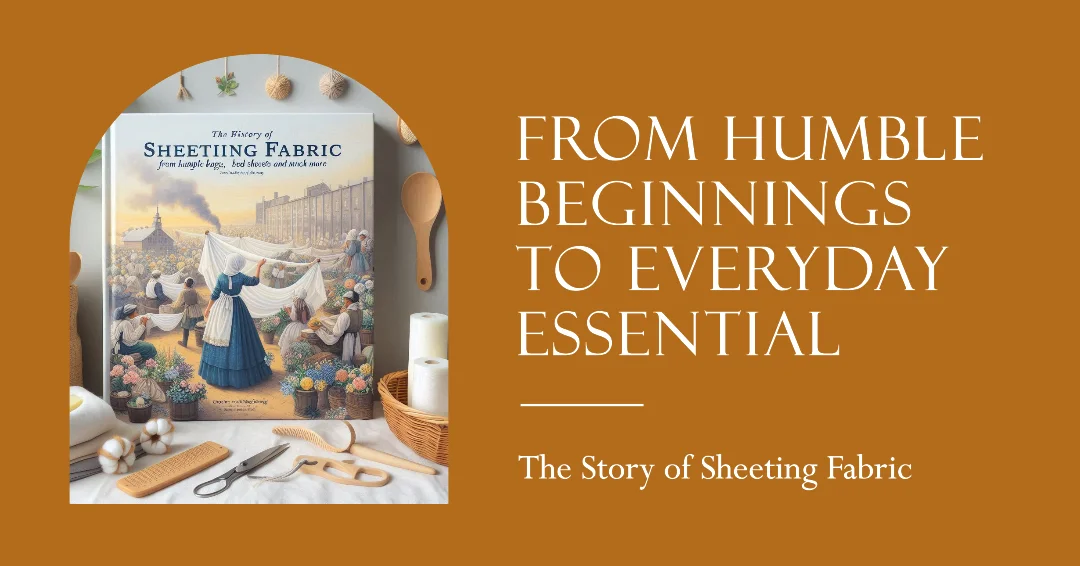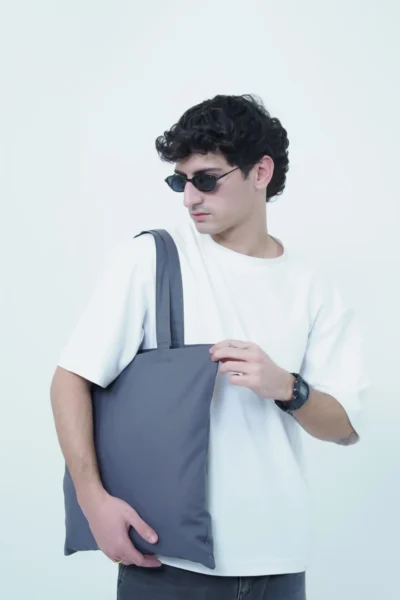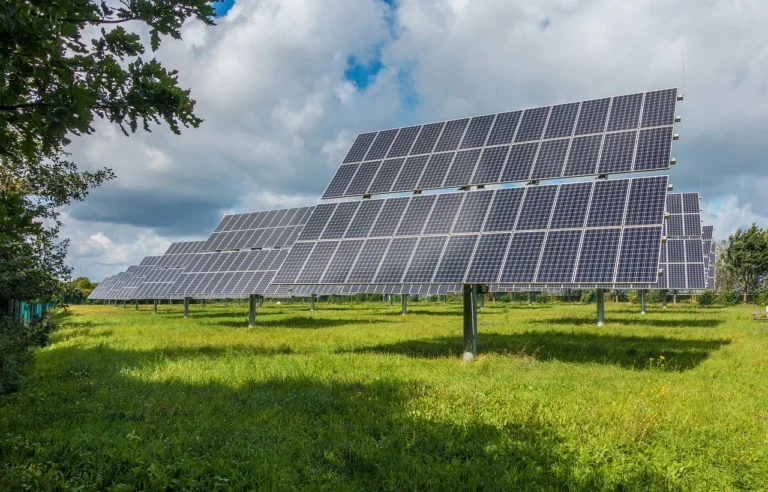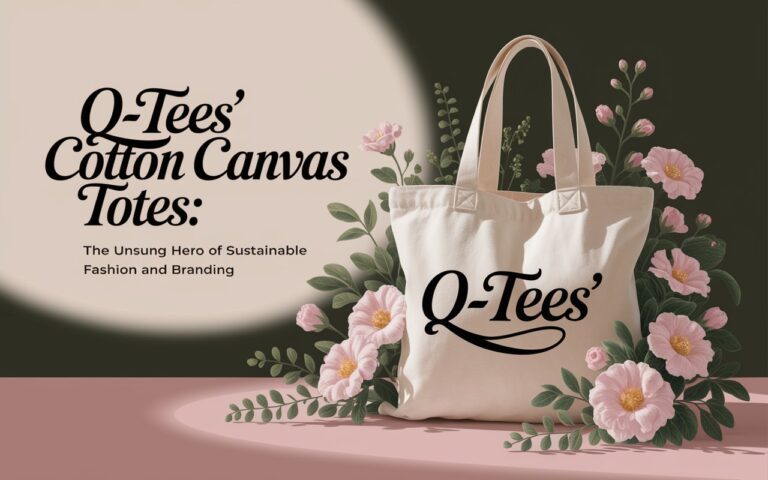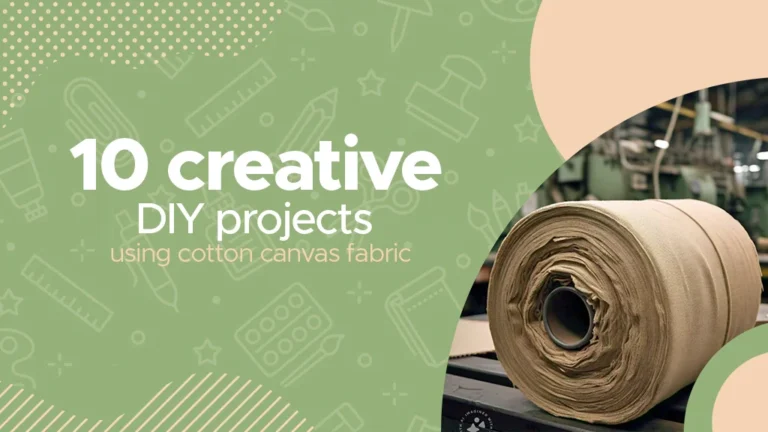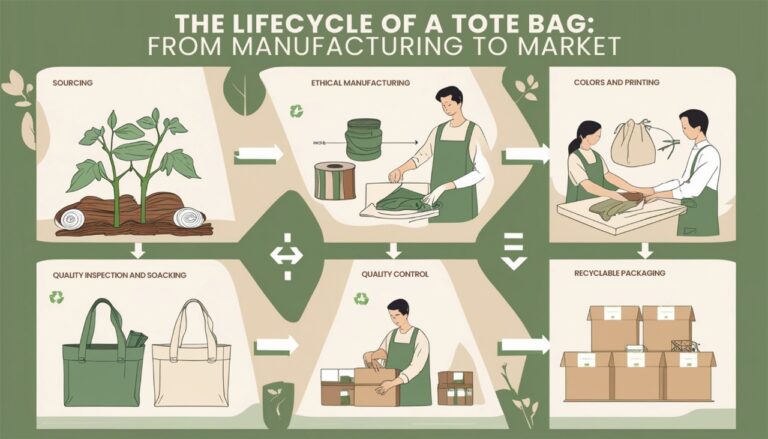Sheeting Fabric: From Humble Beginnings to Everyday Essential
Sustainable sheeting fabric may be produced using organic cotton or recycled fibers, reducing the environmental footprint associated with its production.
What is Sheeting Fabric ?
Sheeting fabric, the comfortable and versatile material behind our bed sheets, towels, and countless other household items, boasts a rich history intertwined with human ingenuity. This article delves into the world of sheeting fabric, exploring its production process, fascinating origins, and the diverse applications that make it an essential part of our lives.
Index
A Brief History:
Usually, cotton canvas fabric is made from cotton yarns woven in a plain or twill weave pattern creating a strong and durable material. The canvas weight which is the tightness of the weave can vary depending on how the cloth will be used. Some common varieties of cotton canvas are duck cloth, plain cloth, and artist’s canvas each with their unique qualities used for specific purposes.
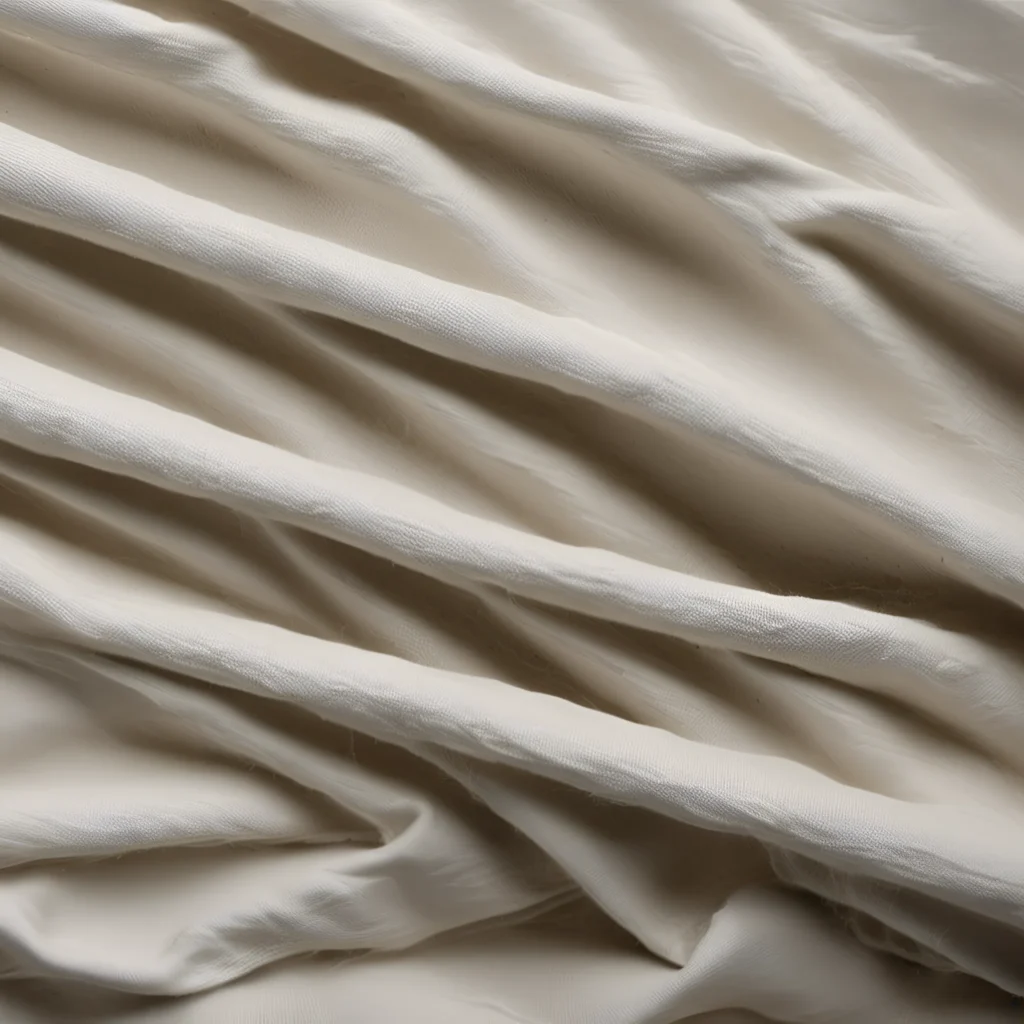
Manufacturing Process:
The process of making sheeting fabric begins with choosing great fibers and involves several steps. Sheeting fabric is often made from cotton which is selected because it is soft and breathable. Once picked, the fibers go through cleaning and processing to get rid of impurities and make them suitable for spinning.
After that, the washed fibers gets transformed into yarns by whirls of spinning. Large looms weave the cloth after which it proceeds through procedures like sizing which increases its strength or addition of other finishes for improved texture and look. If need be, bedding materials can undergo extra processes such as bleaching or dyeing so as to achieve desired colors.
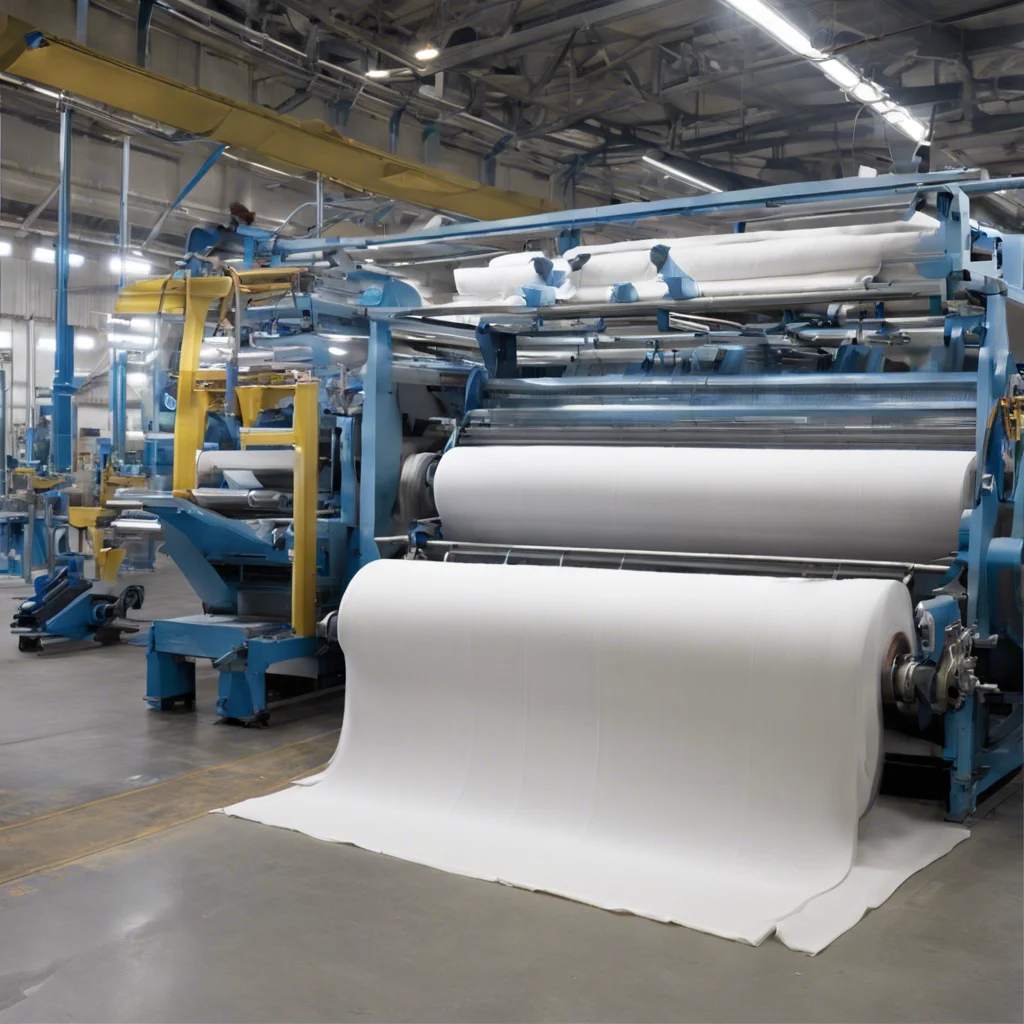
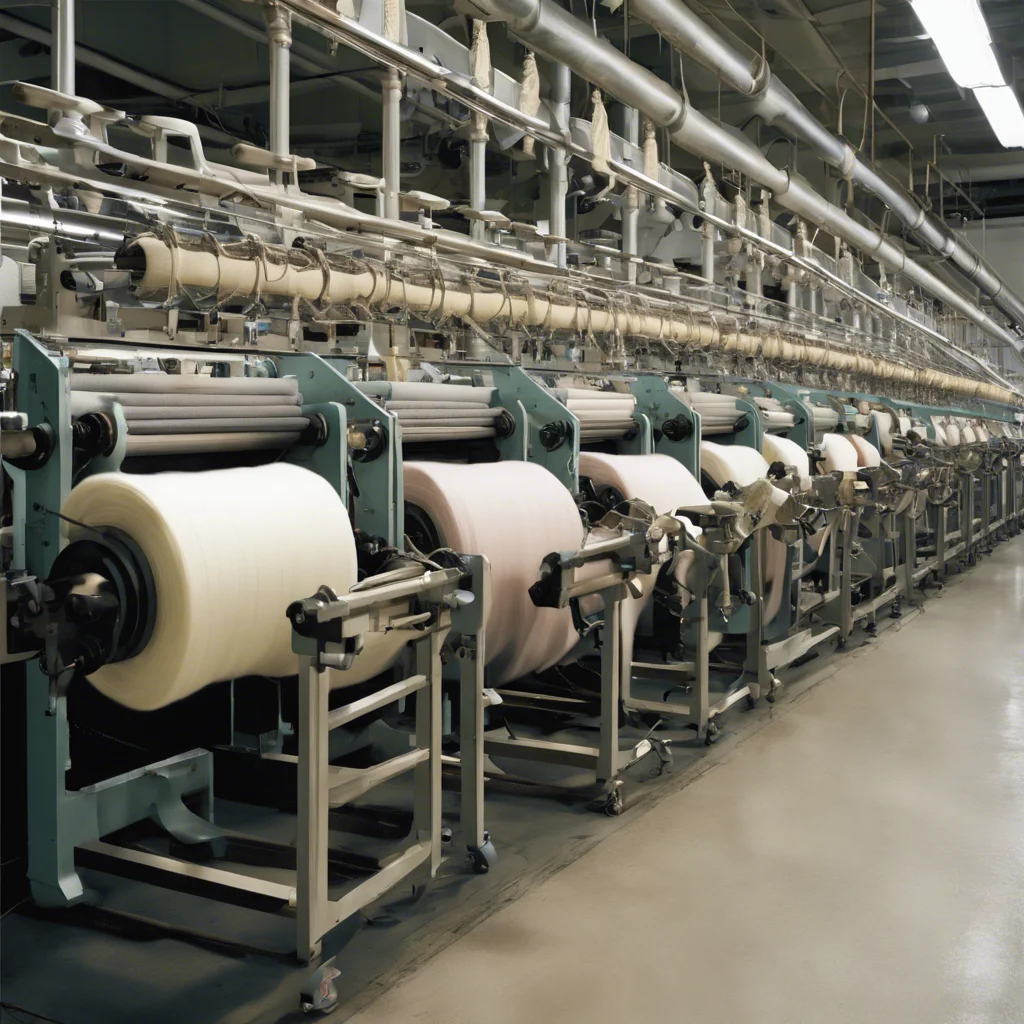
Modern Applications:
Today sheeting fabric is used for various purposes such as beddings, clothing apparel, home furnishing as well as industrial products. It is light weight and breathable which makes it perfect for beddings and clothes since they offer comfort and can last long. Due to its flexibility curtains table cloths among others items are made from this material too plus they are easy to maintain. In industries where heavy duty is an issue like making tents bags protective covers etc., this kind of material is employed because of its strength and durability.
Sustainability and Environmental Impact:
One increasingly important aspect of sheeting fabric is its environmental impact. With growing concerns about sustainability, manufacturers are exploring eco-friendly alternatives and practices. Sustainable sheeting fabric may be produced using organic cotton or recycled fibers, reducing the environmental footprint associated with its production.
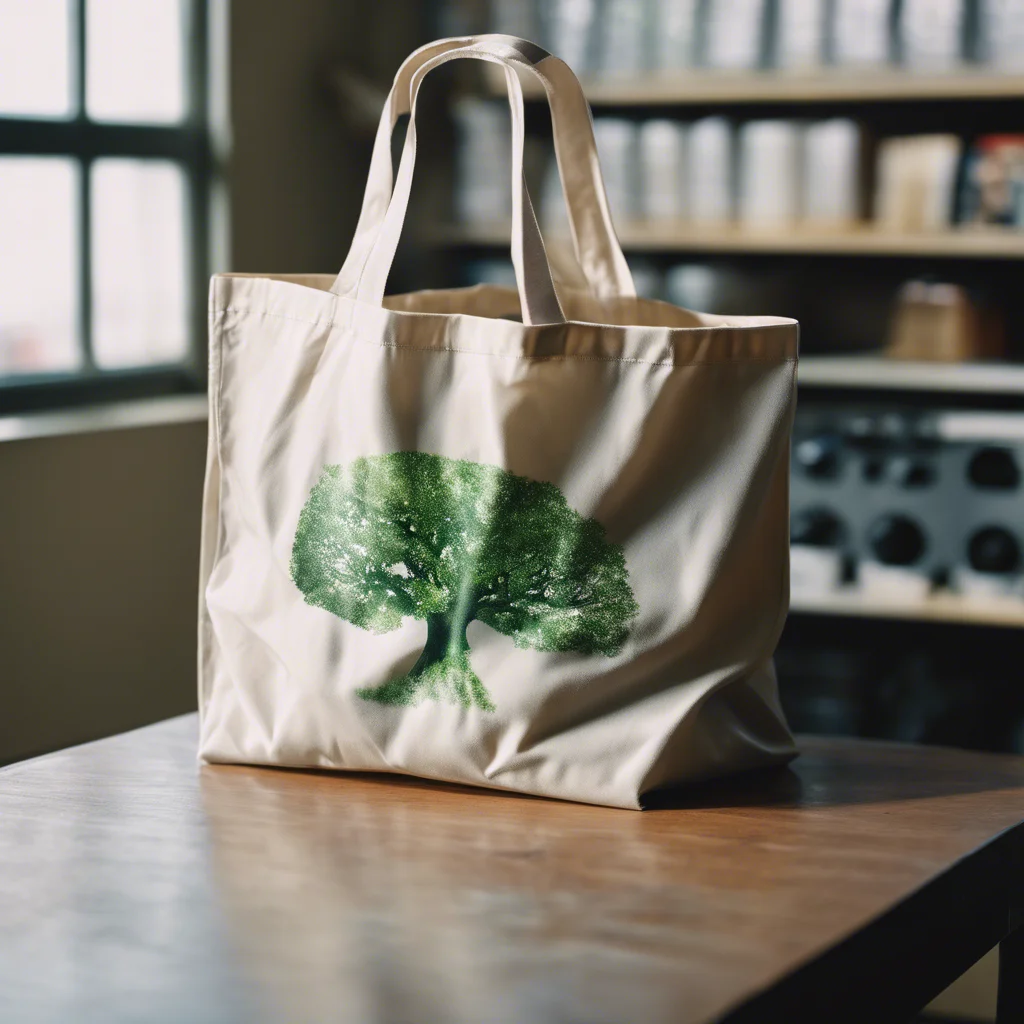
Cotton Sheeting Tote Bags
Here are some of the cotton sheeting tote bags that qtees is making from decades and are best sellers and very much popular among distributors.
Innovations and Future Trends:
Advancements in textile technology continue to drive innovation in sheeting fabric. From moisture-wicking finishes for activewear to antimicrobial treatments for healthcare textiles, manufacturers are constantly exploring new ways to enhance the performance and functionality of sheeting fabric. Future trends may include the development of smart textiles embedded with sensors or conductive fibers for applications in wearable technology and smart home systems.
The Versatility of Sheeting Fabric in Fashion:
Sheeting fabric’s lightweight and breathable properties make it a favorite in the fashion industry. It is used to create a variety of garments, including dresses, shirts, and sleepwear. Designers appreciate sheeting fabric for its ability to drape well and provide comfort, especially in warmer climates. Its versatility allows it to be dyed and printed in countless patterns and colors, making it a staple for seasonal fashion collections.
Care and Maintenance of Sheeting Fabric:
One increasingly important aspect of sheeting fabric is its environmental impact. With growing concerns about sustainability, manufacturers are exploring eco-friendly alternatives and practices. Sustainable sheeting fabric may be produced using organic cotton or recycled fibers, reducing the environmental footprint associated with its production.

Comparing Sheeting Fabric to Other Fabrics:
It’s good to compare sheeting with other fabrics when picking the right one for a particular job. Unlike sheeting, canvas is heavy yet long-lasting so it works well in bags or outside stuffs. Again, twill has a diagonal weave pattern which gives it more texture and strength than any other types of fabric used mostly on work wears and upholstery materials. Knowing these disparities will help you make an informed decision on which material to go for based on what you want it for.
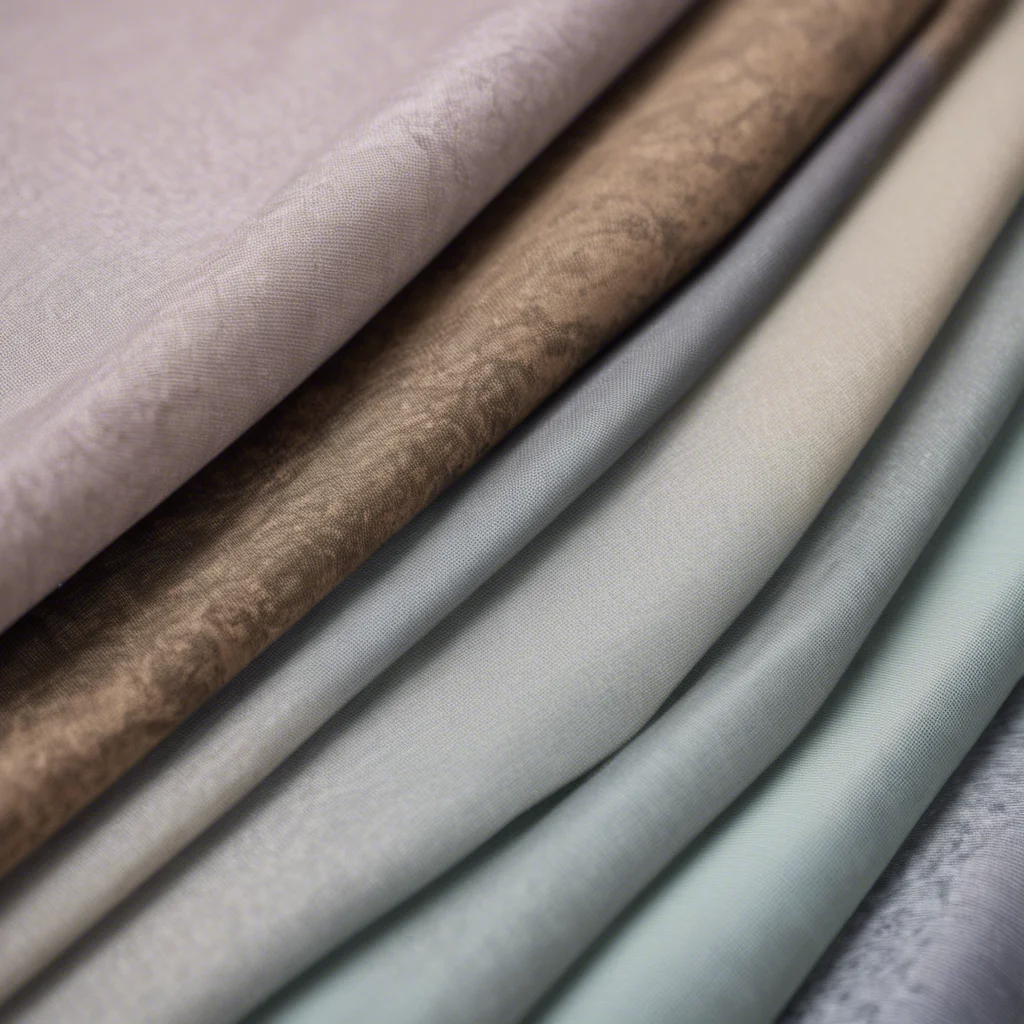
Conclusion:
Sheeting fabric’s lightweight and breathability qualities have made it a popular choice for many within the clothing industry. Some of the items that are made using this material include dresses, shirts, as well as sleepwear. One unique thing with designers is that they like its drapability coupled with comfort especially during hot weather. Additionally, it can be dyed or printed with different designs hence being used in seasonal collections quite often due to its flexibility.

